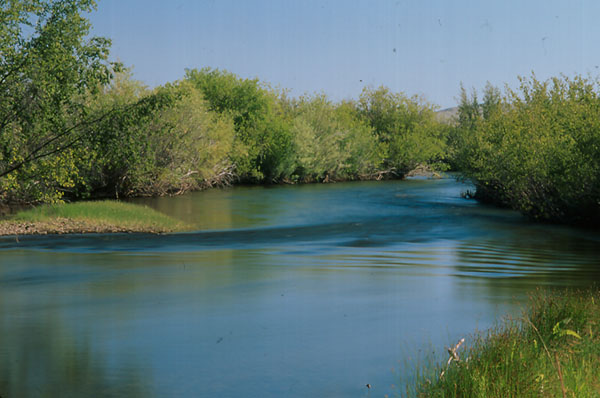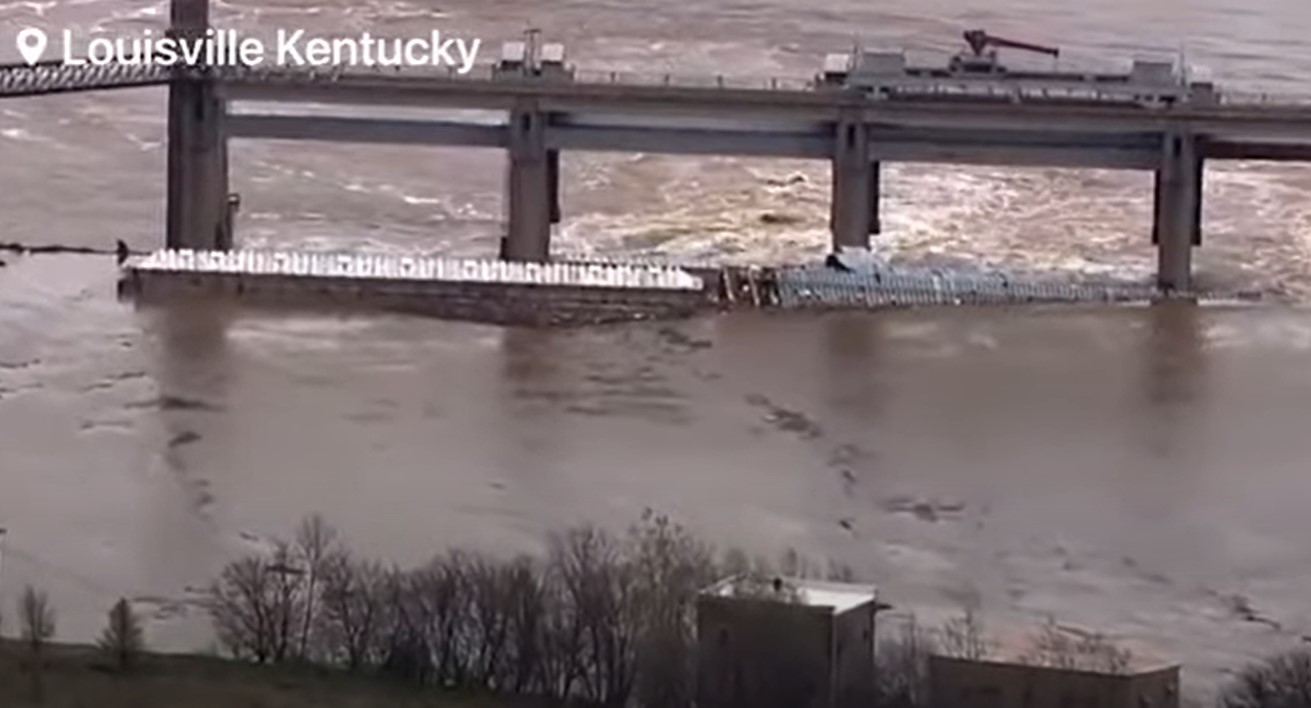According to a new publication of the USGS, brines of the East Poplar oil field in northeastern Montana contaminate shallow groundwater to such an extent that the city of Poplar potable water has to be piped from the Missouri River situated 20 miles upstream of the city.

The East Poplar oil field has produced millions of gallons of brine which was until recently stored in pits, ponds or injected deep into the ground. The problem: The brine has made its way to the shallow groundwater and the Poplar River, the only available source of potable water to the area. This map shows where you should not drink water…
This video shows a well that pumps all the saltwater (brine) for the injection wells:
As stated in their abstract:
The extent of brine contamination in the shallow aquifers in and near the East Poplar oil field is as much as 17.9 square miles and appears to be present throughout the entire saturated zone in contaminated areas. The brine contamination affects 15–37 billion gallons of groundwater. Brine contamination in the shallow aquifers east of the Poplar River generally moves to the southwest toward the river and then southward in the Poplar River valley. […] Brine contamination has not only affected the water quality from privately owned wells in and near the East Poplar oil field, but also the city of Poplar’s public water-supply wells.
The name of this study is ‘Delineation of Brine Contamination in and near the East Poplar Oil Field, Fort Peck Indian Reservation, Northeastern Montana‘ by Joanna N. Thamke and Bruce D. Smith and can be found here.













[…] Potable Water Contaminated by East Poplar Oil Field Brines in Montana (USGS) […]